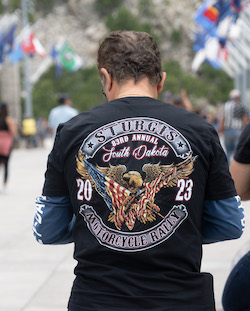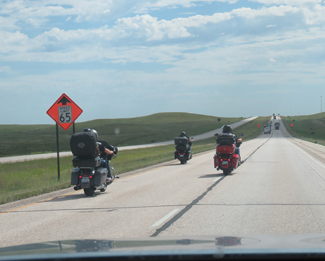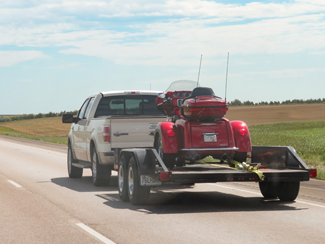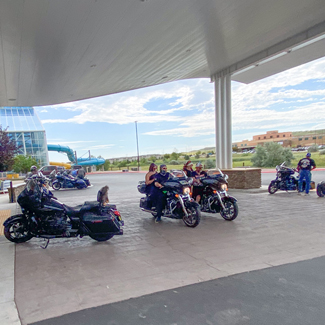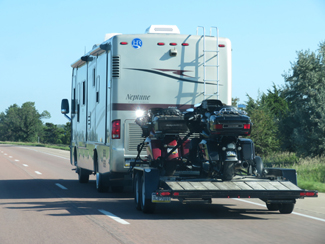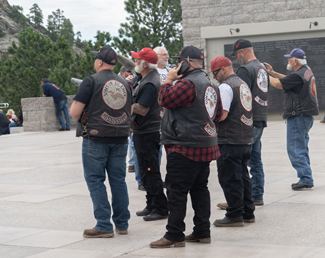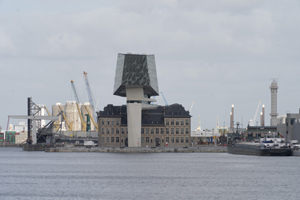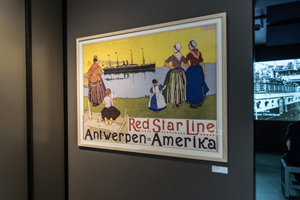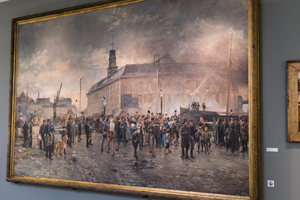Category Archives: personal
Red Star Line Museum
Emigration to America
A couple of years ago while visiting friends in Belgium we drove a short distance from Brussels to the nearby port city of Antwerp.
If you’re interested in learning more, here’s the link to the Red Star Line Museum in Antwerp.
How Dye Transfer Works
A Simplified Expanation
If you got here by accident, you can read about my experience with dye transfer by going here.
NOTE: One of the overriding requirement for making a dye transfer print is to keep the three component colors (sometimes four if you add black for deep saturation) in perfect alignment. This is referred to as “registration”.
| Color Separations Depending on the size of the transparency we use a 4″x5″ enlarger such as the one to the right or a larger 8″x10″ model. The original transparency is placed into the enlarger and projected through a red filter to make a negative on the monochrome film. Next the image is projected through a green filter to make a second negative and finally through a blue filter to make a third negative. Between exposures the enlarger is held totally immovable to maintain registration. Ahead of time the film is “punched” (similar to a paper punch) and placed onto an immoveable film holder so that all three exposures are in exact alignment. The three negatives are developed using conventional black and white chemicals. |  |
|
To adjust the brilliance of the print a set of highlight negatives are similarly made. Here the exposures are quite short to produce a faint mask of only the brightest areas of the image – one each for the red, green and blue spectrum of the original. As its name suggests, this mask reduces the amount of exposure to the the image highlights.
A transparency has a very wide range of light values (brightness to shadow). Since it’s not possible to reproduce such a wide range, we have to make a set of contrast reducing negatives – again through red, green and blue filters. The next step is to expose the gelatin coated mats. The thickness of the gelatin depends on the amount of exposure it receives. Each color negative is sandwiched with the corresponding contrast reducing and highlight masks and projected onto the mat material. Three mats are exposed one using the red filter negative, one using the green filter negative and the third using the blue filter negative. The mats are developed in a special tanning developer and when washed in hot water leaves a dye-absorbing gelatin surface. The red filter mat is soaked in a cyan dye, the green filter mat in a magenta dye and the blue filter mat in a yellow dye. The amount of dye each mat absorbs depends on the thickness (and therefore exposure) of the gelatin. The mats are successively rolled onto the white photo surface using familiar registration techniques with the cyan, magenta and yellow dyes. The result is the dye transfer image. You’ll find more detailed information about the dye transfer process than I am able to provide by clicking here. |
|
